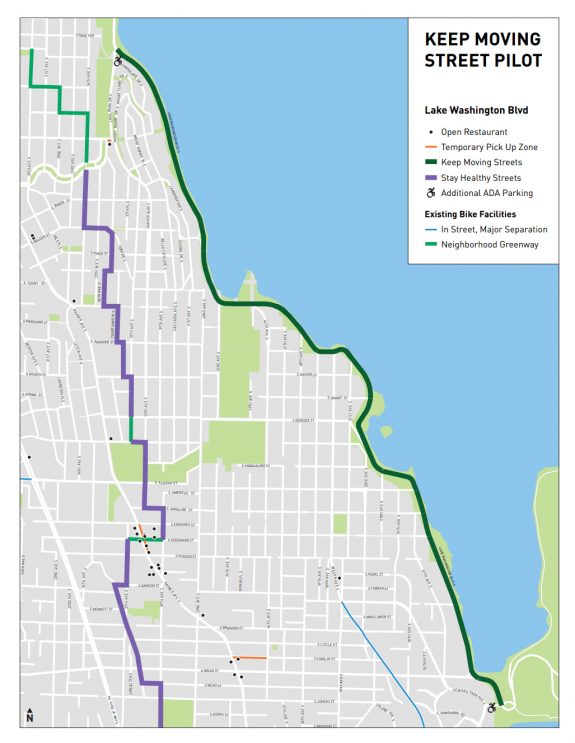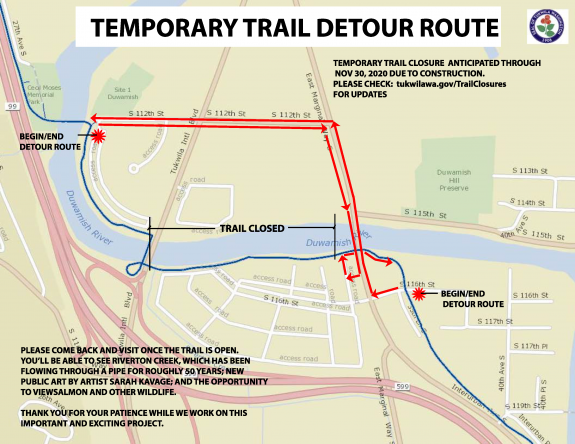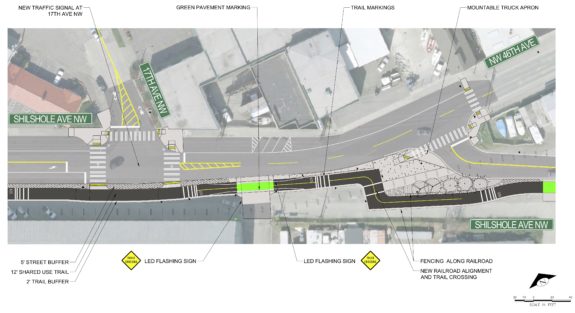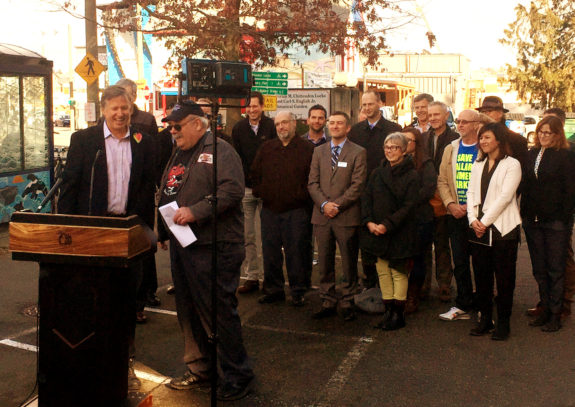Beginning July 20th, @SeattleSPU plans to re-route the Ship Canal Trail…ONTO NICKERSON.
UNTIL 2023.
I think we're going to need to see details of this detour. You know kids use the trail, right? pic.twitter.com/OhLVsGf1Pg
— Qagggy! (@Qagggy) June 30, 2020
Thanks to concerns from neighbors, especially Queen Anne Greenways, Seattle Public Utilities and a contractor working on the Ship Canal Water Quality Project will not be closing the Ship Canal Trail and detouring people to Nickerson Street as announced in a recent project update. Work is moving forward, but the trail will remain open in the meantime while they figure out a different detour route (if one is needed at all).
This is a very big deal because this detour was set to be in place for more than two years.
The detour route previously announced (pictured in the tweet above) would have required people to bike in mixed traffic on Nickerson Street. The announcement said the people could bike in the Nickerson bike lanes, but there is no eastbound bike lane on this stretch of the busy street. City bike maps note the street as a bike route because it has a westbound bike lane. But as anyone who bikes is very aware, a bike lane in only one direction does not make a bike route because people don’t only travel in one direction. And the Ship Canal Trail is used by people of all ages an abilities, including children. Detouring the trail into traffic for years is not an acceptable option.
If the trail does need to close, the obvious solution would be to create a temporary trail along the north side of Nickerson St. SPU had a fairly high quality trail for a long-term closure of the Burke-Gilman Trail in Fremont in recent years, and that should be the standard for the Ship Canal Trail, too.
The messy detour rollout is likely also due to the way the pandemic has impeded public outreach. Work is moving forward, but the usual opportunities to solicit public feedback have been limited. This is the kind of issue that could have been caught and fixed much earlier. The planned detour probably looked fine if you were only looking at the Seattle Bike Map, but anyone who bikes in the area could have told the team that the reality on the ground is much different. Both public and private project teams need to find ways to make sure they are not skipping or glossing over public outreach during the pandemic.
More details from SPU: (more…)











